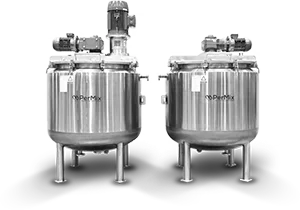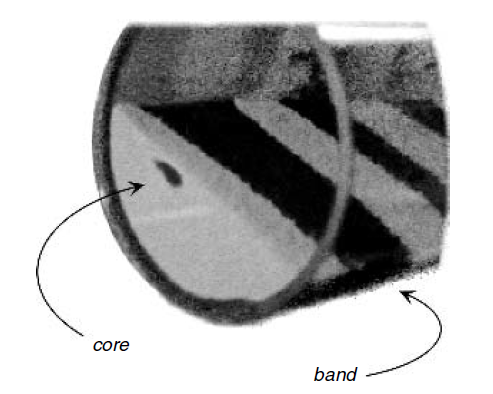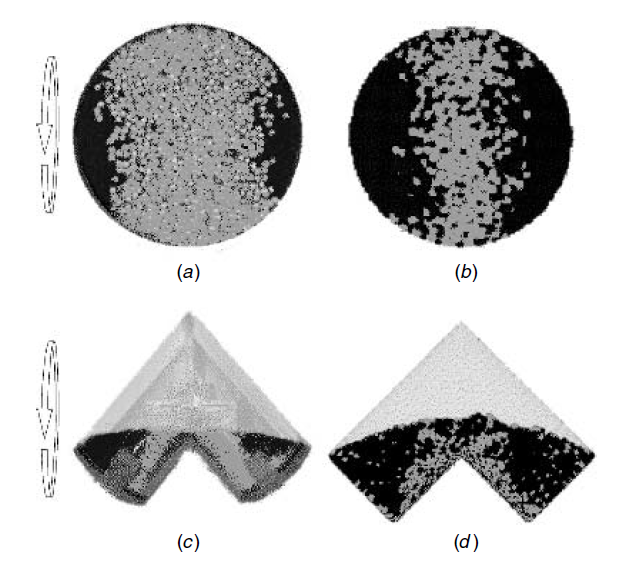Industrial Mixers
PerMix News & Updates



In the world of bulk materials manufacturing and processing, one of the key challenges is achieving a uniform mixture of particles of different sizes, shapes and densities. However, we often encounter a phenomenon called “segregation” or “de-mixing,” which can compromise the quality of our products and the efficiency of our processes. In this article, we will explore what segregation is and provide recommendations for avoiding it.
Segregation, in the context of granule mixing, refers to the unwanted separation of particles of different characteristics during the mixing process. This can result in the formation of regions of non-uniform composition in the final mixture. Segregation can manifest itself in various ways:
At this stage, larger particles tend to separate from smaller ones, creating a central region of fine particles surrounded by larger particles.

Particles in the central region of the mixture can migrate along the mixture axis, forming bands with defined boundaries between different types of particles.
In more complex mixing geometries, different segregation patterns can arise due to the interaction of particles with the mixer geometry.

Axial segregation in top views of double-cone blender from (a) experiment and (b) particle-dynamic simulation using large, light and small, dark spherical grains. Similar patterns are seen in other tumbler designs: for example, in the V-blender in (c) experiment and (d) simulation.
Now that we understand what segregation is, here are some recommendations to prevent it and achieve a more homogenous powder mix:
1. Selecting Appropriate Equipment: Choosing the right mixer for your materials and process is essential. Different equipment has different mixing properties and may be better suited for certain types of particles.
2. Control of Mixing Parameters: Adjusting the mixing speed, inclination angle and mixing time according to the characteristics of the materials can minimize segregation.
3. Pre-Homogenization: If possible, mix materials more uniformly before main mixing to reduce initial segregation.
4. Use of Additives: In some cases, the addition of additives can improve the fluidity of materials and reduce segregation.
5. Humidity Control: Maintaining the proper humidity level in materials can improve particle cohesion and minimize segregation.
6. Mix Geometry Design: Consider using mix geometries that minimize segregation, especially if you are working with materials prone to it.
7. Supervision and Control: Monitor the mixing process and automatically adjust parameters to maintain uniformity.
8. Small Batch Mixing: If possible, opt for small batch mixing rather than mixing large amounts of material at once.
Preventing segregation in mixing processes is essential to guarantee the quality and efficiency of your products. By applying these recommendations, you can minimize segregation and achieve more uniform mixing in your operations.
Thank you for following our blog. We hope this information is useful in your manufacturing and processing processes.
Contact Us for more information here